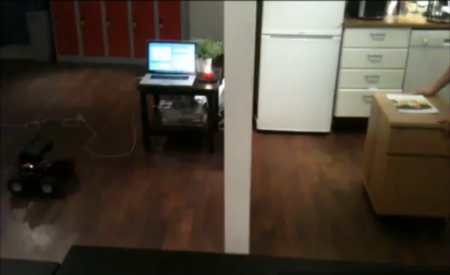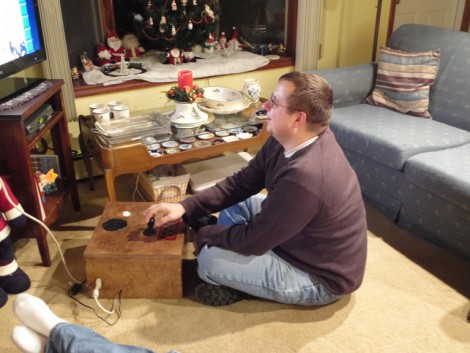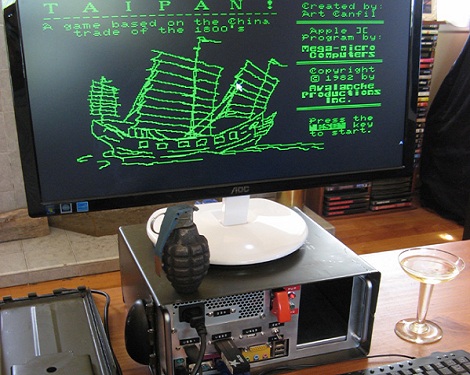Robots on four wheels are fun on their own merits, but one thing that most lack is the ability to see through walls. With it’s onboard radar system, this bot is equipped to see objects that a person couldn’t normally detect on the other side of the wall.
Although some of the more “nuts and bolts” details of this build are missing, the robot uses an Ultra-Wideband Radar system called the [D1] Radar System. This system can, according to their documentation, “Avoid false positives caused by vapor, dust, smoke, rain or other small particles.” Apparently this means drywall as well if programmed correctly.
In the video after the break, the robot’s sensor package is programmed to ignore anything within 1.5 meters. This allows the robot to mirror the movement of the apparent shelving unit on the other side. This sensor could certainly have some interesting robotics applications besides imitating a rolling shelf, so we’re excited to see what it will be used for!

















